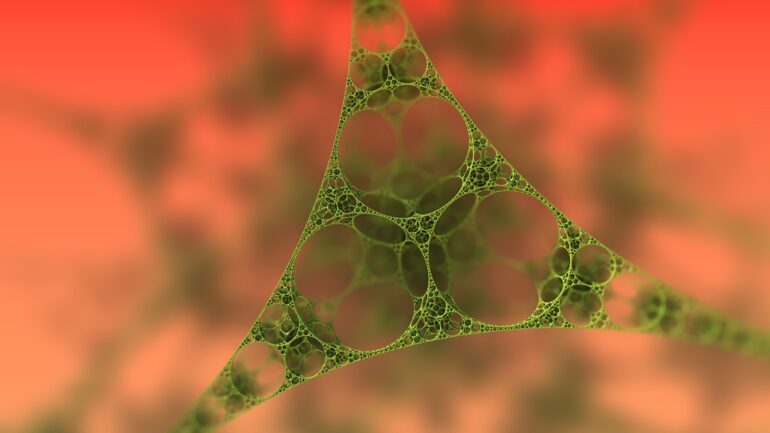By Maria Fierro, Associate Editor at Save the Water™ | May 19, 2021
From microscopic glitter particles to full-sized shampoo bottles, the beauty industry has become a major contributor to water pollution. What is more, chemicals used to formulate cosmetic products can be detrimental to our water quality. While the industry still has a ways to go before completely eliminating an age-old process, individuals can make strides to drive action that keeps our water safe. Becoming a well-informed consumer is the first step towards fighting the cause of water pollution in your community.
An Ocean Full of Empties
What once housed our favorite night cream and bathroom hand soap, has found itself a designated space in our aquatic ecosystem. Around “7.9 billion units of rigid plastic” were manufactured for beauty and care products in just the United States. Unfortunately, much of the plastic packaging used in beauty products is not recycled or is made from end-of-life packaging. Even the bottles and jars that do make it to your recycling bin are often rejected. Failing to fully clean and remove labeling will deem it unrecyclable, and can taint a whole bundle of items. Similarly, parts including additional materials, such as plastic pumps with metal coils, cannot be processed. Another problem sorters face is hard-to-see items, including dark plastics and small packaging—think beauty minis and bottle caps.
While on the topic of hard-to-see items, glitter and other microplastics are of growing concern. Countless microbeads are washed down the drain everyday in the form of facial scrubs and other exfoliating products. Researchers examined a particular facial scrub and found it contained 330,000 individual microplastic beads. So, what does this mean? Due to their tiny nature, microplastics escape sewage treatment plants and make their way through domestic drainage systems and into the ocean. On top of that, a majority of microbeads are non-biodegradable, making ocean sediment and surface water their permanent homes.
UV Filters, Parabens, and Triclosan, Oh My!
The creation of cosmetic and self-care products utilizes a vast array of troubling chemicals. Studies have shown that limited amounts of UV filters, parabens, and triclosan found in waterways and their inhabitants can have harmful effects. With no need for an introduction, UV filters are a crucial ingredient within the beauty industry. Every skincare enthusiast and mother knows that UV filters found in sunscreen, and other cosmetics, are needed to keep the skin happy and healthy. Accounting for up to 20% of sunscreen formulations, UV filters are regularly washed into the aquatic environment.
Found in the air around us and the dirt below our feet, parabens are a “class of preservatives used for their antimicrobial properties in a wide range of products, such as cosmetics, food supplies, and pharmaceuticals.” While parabens are mostly filtered out of the water supply, they’ve still been found in surface waters. Historically, parabens are considered to have very low toxicity, but recent studies have linked it to changes in the “reproductive system of male experimental animals.” Another commonly used preservative is triclosan. Exposure may result in negative effects on our health, “including thyroid function impairment, endocrine disruption, oxidative stress, and liver carcinogenesis.” Although efficiently removed during the filtration process, triclosan is still found in sewage sludge used as fertilizer and personal care products.
Slowing the Cause of Water Pollution
In recent years, the beauty industry has begun to take action against water pollution. Big corporations, such as L’Oréal and Unilever, have pledged to move over to the use of post-consumer recycled plastic, ocean waste plastic, and other biodegradable materials. What is more, Hawaii and Key West, Florida have initiated a ban on reef-damaging UV filters, such as oxybenzone and octinoxate, commonly used in sunscreens. Additionally, a 2017 study found switching away from traditional plastic could reduce greenhouse gas emissions by 25%.
How You Can Combat Water Pollution, One Product at a Time
As a consumer, we have the power to push for change. Hold companies accountable for their impact. With only three steps, you can encourage your favorite brands to look for alternative solutions:
- Stop the use of single-use items
- Purchase from sustainable brands
- Properly recycle plastic materials
Remember to vote with your dollar and buy purposefully. To start your journey as a well-informed consumer, stay up to date on current water news.




